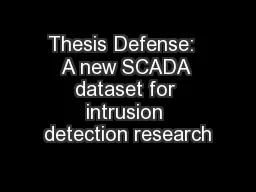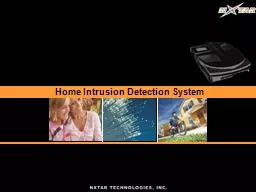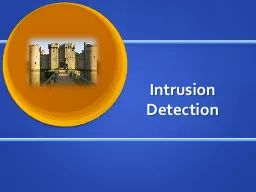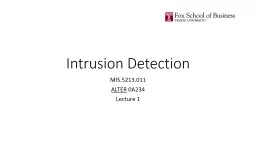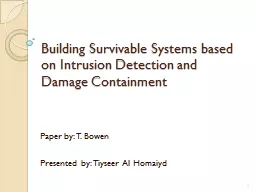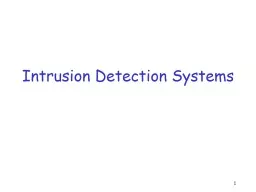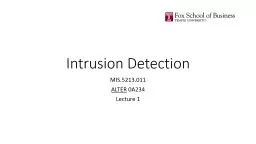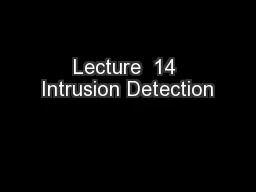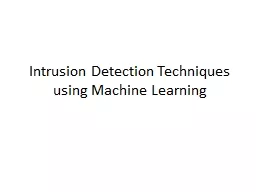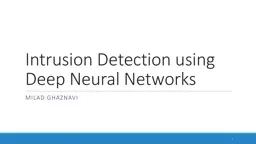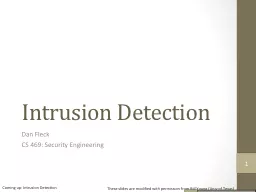PPT-Thesis Defense: A new SCADA dataset for intrusion detection research
Author : yoshiko-marsland | Published Date : 2018-11-07
Ian Turnipseed Introduction What are SCADA systems Supervisory Control and Data Acquisition SCADA is a realtime system providing control to remote physical systems
Presentation Embed Code
Download Presentation
Download Presentation The PPT/PDF document "Thesis Defense: A new SCADA dataset for..." is the property of its rightful owner. Permission is granted to download and print the materials on this website for personal, non-commercial use only, and to display it on your personal computer provided you do not modify the materials and that you retain all copyright notices contained in the materials. By downloading content from our website, you accept the terms of this agreement.
Thesis Defense: A new SCADA dataset for intrusion detection research: Transcript
Download Rules Of Document
"Thesis Defense: A new SCADA dataset for intrusion detection research"The content belongs to its owner. You may download and print it for personal use, without modification, and keep all copyright notices. By downloading, you agree to these terms.
Related Documents

